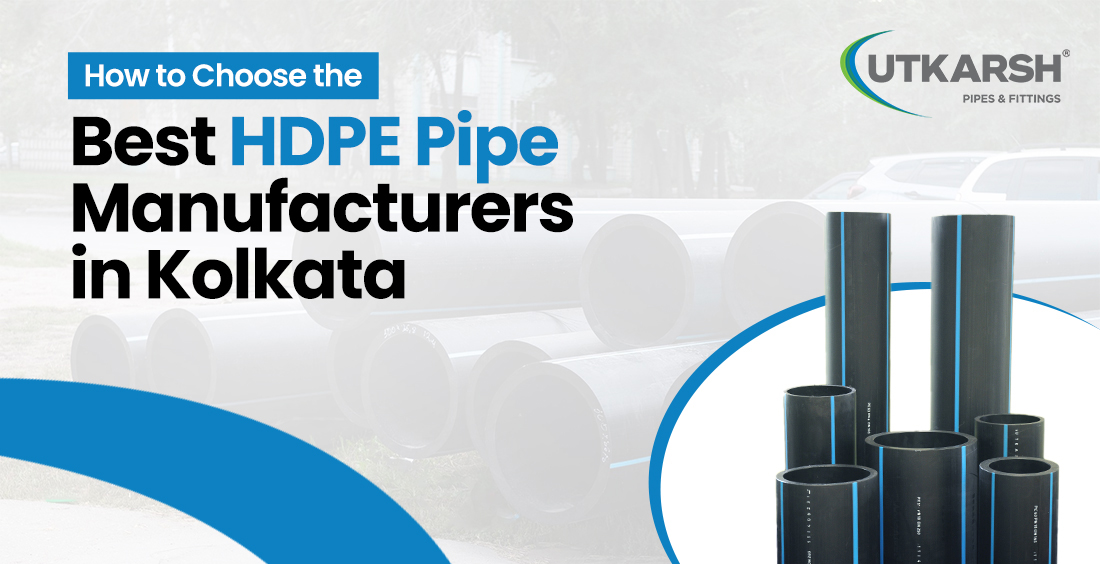Getting The American Plastics To Work
Table of ContentsFascination About American PlasticsNot known Facts About American PlasticsSome Known Incorrect Statements About American Plastics Some Known Incorrect Statements About American Plastics 7 Easy Facts About American Plastics Described
This factor to consider is specifically vital for applications that include high-pressure fluids. The scale and scope of the project additionally play a considerable role in size selection. Larger tasks may call for pipelines with greater sizes to successfully distribute fluids over cross countries. Factors such as surface problem, the potential for environmental stress and anxiety, and the installment atmosphere ought to influence the pipe dimension to make sure a successful, enduring application.
Involve with specialist recommendations to verify your option and adapt as necessary for optimum results. Equipped with this understanding and the actionable actions outlined, you are well-equipped to make informed choices when picking HDPE pipe sizes for your projects. Your interest to detail in this choice procedure will go a lengthy way in making certain the efficiency, security, and cost-effectiveness of your piping systems.
8 Easy Facts About American Plastics Explained
Since HDPE is light-weight and chemically inert, it can handle fluid and gas transport with marginal upkeep. HDPE pipelines are commonly embraced across a range of fields as a result of their versatility and stamina. Among one of the most common uses for HDPE pipeline is in water supply systems. HDPE's rust resistance makes it perfect for both drinkable and non-potable water distribution, whether in municipal networks or exclusive systems.
: HDPE pipelines are joined through warm blend, producing a smooth, homogenous connection as solid as the pipeline itself. This watertight joint is critical in gas and water distribution, where leakages might result in unsafe circumstances or costly waste.: HDPE pipelines are lighter than typical steel pipelines, making them simpler to carry and install.
We have warehouses in several locations to make sure a quick feedback. You can get detailed product details and quotes via our official site, by phone, or by e-mail. Our straightforward and quick ordering process and reliable logistics guarantee you get your 4-inch HDPE pipeline in the quickest feasible time. Our after-sales team is readily available 24/7 to assist with any type of problems you may experience, ensuring satisfaction.
As an example, PE 80 is for straightforward commercial applications like gas and water, while PE 100 provides long-lasting stamina and efficiency for harder uses. For a concise take a look at applications, below are some of the most common sorts of HDPE piping and their applications. Piping systems use PE 32 or PE 40 for low-pressure applications.
Indicators on American Plastics You Should Know
PE 80 has a material immune to cracks, so it's appropriate in applications susceptible to fracturing, like sewage systems and water distribution lines. PE 100 is likewise resistant to splits, and 100 N/mm2 is the minimum needed toughness. As discussed, classifications of HDPE piping include nominal stress, product, and shade coding.
Suppliers produce pipes with various stress grades (PN qualities). This shows the stress in bars the pipeline can sustain with water at 68 levels Fahrenheit. The pressure grades follow European requirements, and they are: PN 2.5 max pressure 2.5 bar PN 4max stress 4 bar PN 6max stress 6 bar PN 10max pressure 10 bar PN 16max pressure 16 bar The color codes that indicate the stress grade are yellow for PN4, red for PN6, blue for PN10, and eco-friendly for PN16.
Pipe suppliers offer sizing overviews with added information like wall surface thickness and mass. Quality control complies with ISO standards regulating the material layout and minimum needed stamina (MRS) of pipelines.
Industries think about small pressure, product, and other elements when determining which pipes to use - https://www.bunity.com/american-plastics. Today, you'll see high-density polyethylene pipes in water supply, gas circulation, farming, and a lot extra.
The Single Strategy To Use For American Plastics

It's worth noting that gas needs high resistance to pressure, making PN-16 to PN-2 grade pipes suitable for operations. The agriculture sector utilizes HDPE pipelines for irrigation and water drainage.
Mining companies use pipelines for slurry transport and dewatering. The finest component is that services can make use of general PN class pipes for this application.
For beginners, HDPE pipes are exceptionally sturdy and can last a very long time with minimal maintenance. They're also resistant to rust, chemicals, and UV rays. https://www.bitsdujour.com/profiles/nm5v6G. HDPE pipes are also affordable contrasted to other piping materials. They're much less susceptible to damage, which reduces repair service expenses! HDPE pipelines are lighter than conventional pipes for better handling and transportation.
Some Known Facts About American Plastics.
Whether you're a contractor, engineer, or DIY enthusiast, this write-up will certainly give you with the expertise to make enlightened choices and achieve optimal outcomes. When it pertains to choosing the right HDPE pipe for your job, comprehending the PSI ranking is of utmost relevance. The this hyperlink PSI ranking measures the toughness and stress capability of the pipeline, showing how much pressure it can withstand without failure.
The PSI score of an HDPE pipeline identifies its capacity to deal with different stress levels. Pipes with greater PSI ratings can stand up to greater stress, making them ideal for applications that entail higher fluid or gas stress. On the other hand, pipes with reduced PSI rankings are excellent for low-pressure applications.